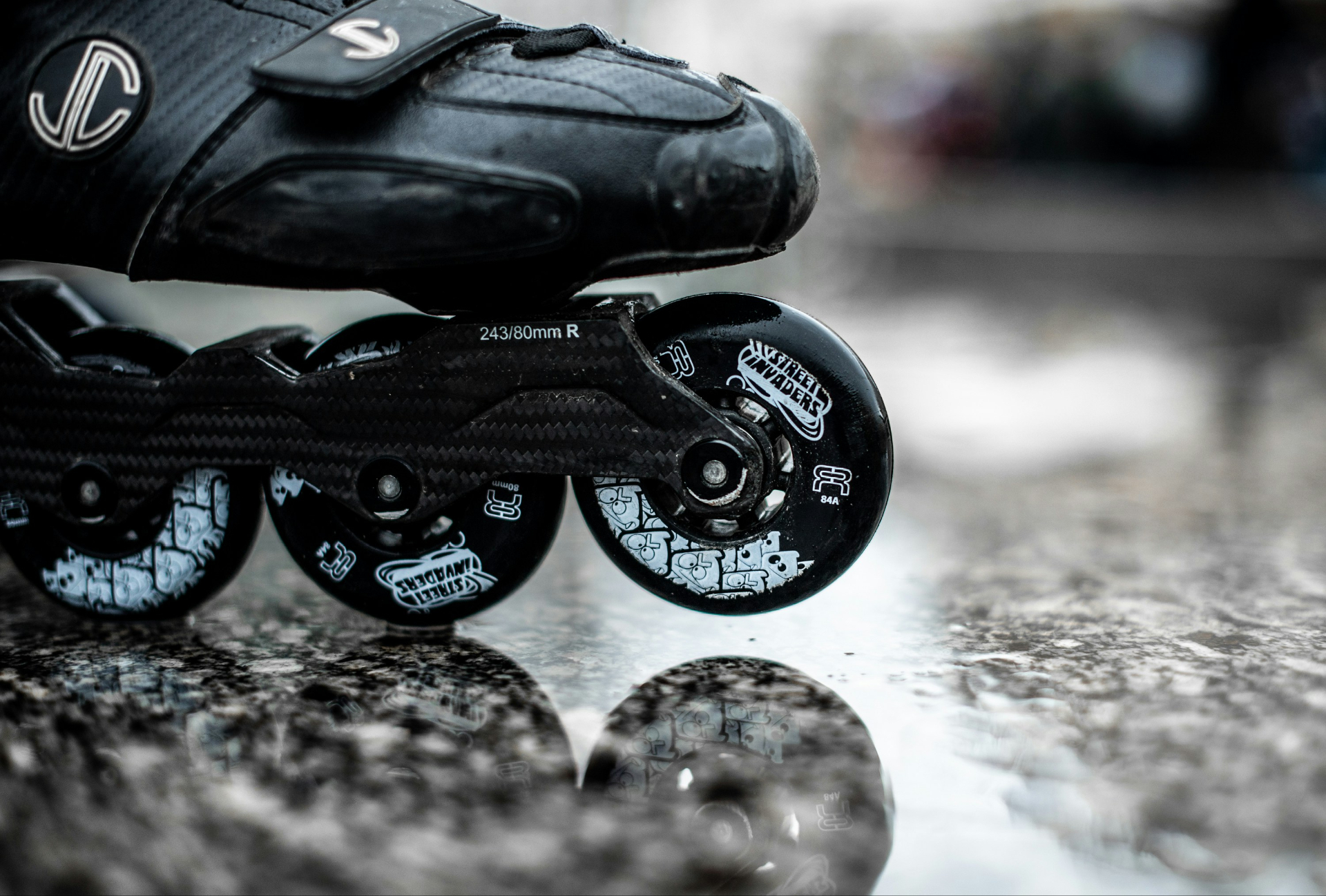Fail Five Times Before Lunch- Then Call It a Good Day!

Fail Five Times Before Lunch—Then Call It a Good Day
The Myth of Failure
There’s a myth we tell ourselves about failure—that it’s something to avoid, something that should feel like a disaster. But I’ve got a different rule: unless I fail six times in a single day, I don’t consider it a bad day. Five failures? That’s just the warm-up.
Learning the Hard Way
I learned this lesson the hard way.
In high school, I decided it was finally time to learn how to rollerblade. Everyone else had already mastered it, gliding down the street like they were born with wheels strapped to their feet. Meanwhile, I was out there looking like an uncoordinated baby giraffe on ice.
My first fall was spectacular—a full-body wipeout that had me sprawled across the pavement like a crime scene outline. But I got up. The second time, I barely had a chance to process what happened before I hit the ground again. The third? At that point, I was getting used to it. By the fourth and fifth falls, I realized something: the falling wasn’t what hurt the most—it was the fear of falling. The hesitation, the doubt, the thinking What if I look stupid? That was the real enemy.
And so I kept going. By the end of the afternoon, I was still a terrible rollerblader, but I had become really good at standing back up.
Building the Muscle of Resilience
That’s what five fails a day does—it builds a different kind of muscle. It trains you to recover quickly, to brush yourself off and move forward instead of wallowing in the failure itself. It turns setbacks into a game of endurance. If I only failed once a week, each failure would feel monumental, like an earthquake. But when failure happens five times before lunch? It’s just part of the routine.
And this applies to more than just rollerblading. If I know I can survive failing five times a day, why not take more risks? Why not try something new? If I’m at three fails and it’s not even noon, I might as well go for another. There’s freedom in knowing that failure isn’t a stop sign—it’s just a speed bump.
How to Fail Like a Pro
If you want to build resilience and make failure a stepping stone instead of a roadblock, try this:
Set a Failure Goal – Aim for five failures a day. It sounds counterintuitive, but it shifts your mindset from fearing mistakes to embracing growth.
Recover Quickly – The faster you get back up, the less power failure has over you. Train yourself to move on without overanalyzing.
Reframe the Narrative – Instead of seeing failure as proof that you’re not good enough, see it as evidence that you’re pushing yourself outside your comfort zone.
The Challenge
So here’s the challenge: go out and fail five times today. Not because failure is fun, but because it loses its power the more you face it. The real skill isn’t in never falling—it’s in getting up so fast that failure doesn’t get the last word.


